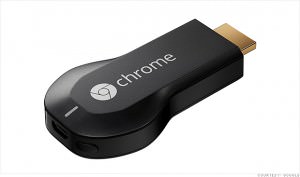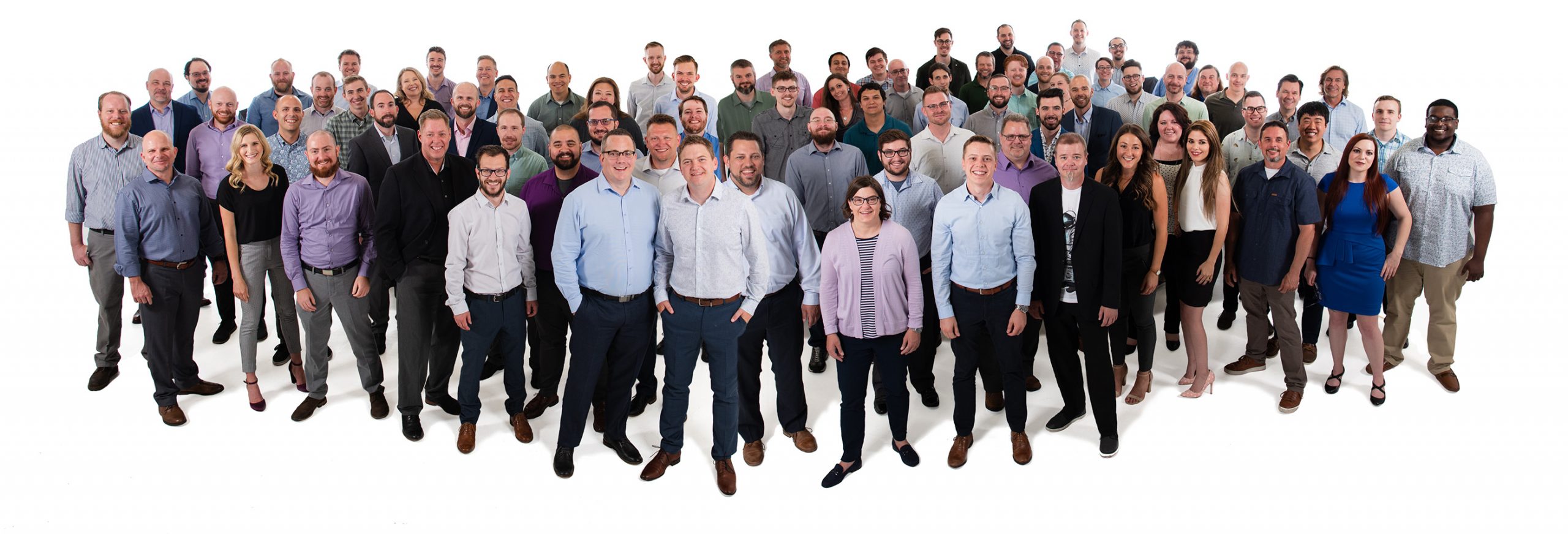By Adam McDonald, IT Consultant
For many of our technicians finding the right solution to a client’s issue can be a tricky task. Audio visual setups for conference rooms and meeting areas can be among the most challenging of all. Projectors, laptops, and content like high-def video all require their own specific connections to work properly. And with mobile devices being even more integrated in the workplace bridging the gap between small, medium and large format screens can seem like a cumbersome request.

Enter Chromecast. When it comes to mirroring content from one device to another Google has introduced a tiny $35 gizmo that effortlessly solves this problem. Chromecast allows you to watch videos and mirror your device’s content on any TV with an HDMI port and wireless access point nearby.
Setup is simple. Plug in the device into the back of your TV and run the setup program, making sure you and your Chromecast are on the same WiFi network. Once setup is complete apps like Netflix, Chrome (plugin required) and YouTube will have a special icon allowing you to start playback on your TV from your device. No wires, no hassle. Content will play seamlessly while you open other apps on your phone or laptop.
So what are the drawbacks? You have to have a strong WiFi connection between both devices and ample bandwidth. And the Chromecast device is not password protected so passers-by or anyone with an evil streak and access to your WiFi can command your device to play their content. But for home and office use this might be the cheapest, simplest way to merge content between small and large screens. And for now I can battle my significant other over what video to play on our TV at home.

